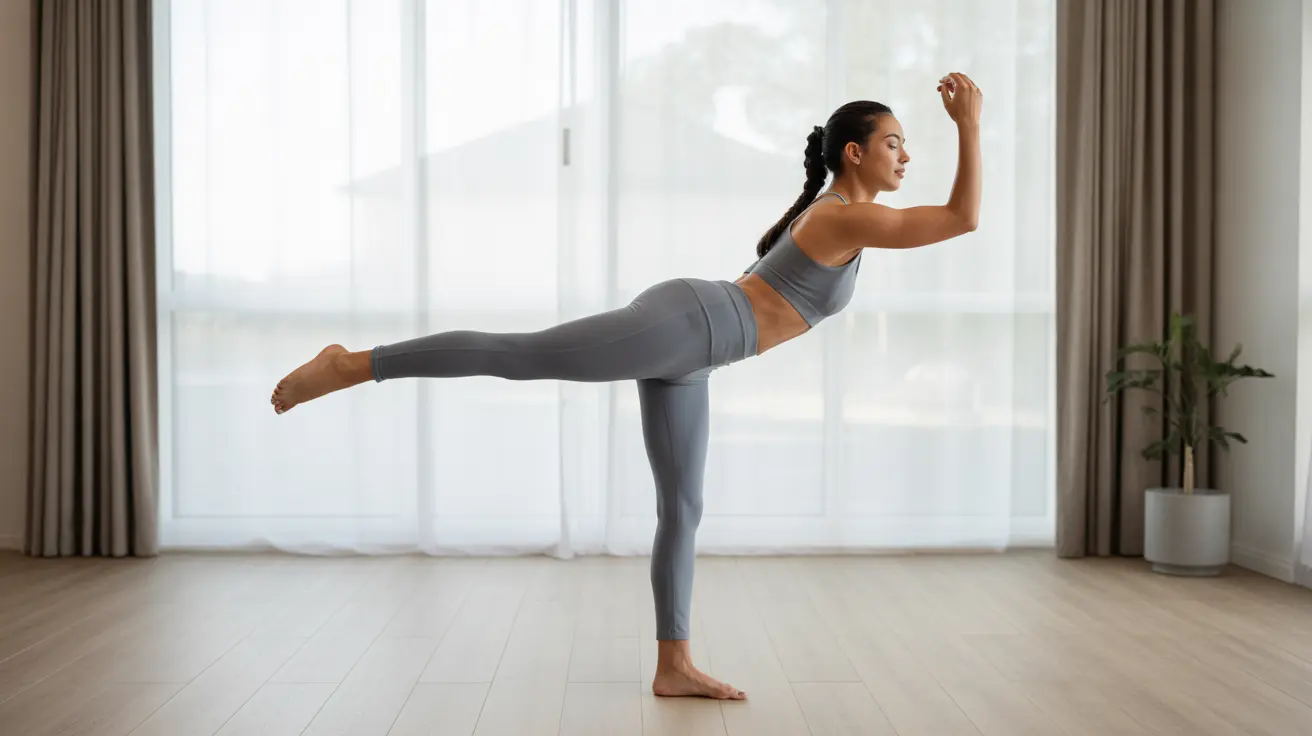Proprioception exercises are specialized movements that enhance your body's ability to sense its position in space, improving balance, coordination, and overall movement control. Whether you're an athlete looking to prevent injuries or someone wanting to maintain better stability in daily activities, understanding and practicing these exercises can significantly impact your physical performance and safety.
In this comprehensive guide, we'll explore effective proprioception exercises, their benefits, and how to properly incorporate them into your fitness routine for optimal results.
Understanding Proprioception and Its Importance
Proprioception is often called our "sixth sense" - it's the body's ability to perceive its position and movement without visual input. This internal awareness system relies on specialized receptors in our muscles, joints, and inner ear to constantly update our brain about where our body parts are and how they're moving.
Essential Proprioception Exercises for Beginners
Single-Leg Balance
Start with this fundamental exercise to build your proprioceptive awareness:
- Stand near a wall or sturdy surface for support if needed
- Lift one foot off the ground, maintaining balance on the other leg
- Hold for 30 seconds, gradually increasing duration
- Progress by closing your eyes or standing on an unstable surface
Weight Shifts
This exercise helps develop dynamic balance and coordination:
- Stand with feet hip-width apart
- Slowly shift your weight from one foot to the other
- Focus on controlled, smooth movements
- Practice for 1-2 minutes at a time
Advanced Proprioception Training
Dynamic Balance Exercises
Once you've mastered basic exercises, challenge yourself with more complex movements:
- Single-leg Romanian deadlifts
- Walking heel-to-toe (tandem walking)
- Standing on one leg while performing arm movements
- Using balance boards or BOSU balls
Sport-Specific Training
Athletes can enhance their proprioception with sport-specific exercises:
- Plyometric jumps with controlled landings
- Agility ladder drills
- Multi-directional movements with quick stops
- Balance exercises while catching or throwing
Safety and Progression Guidelines
To ensure safe and effective proprioception training:
- Always warm up properly before starting exercises
- Begin with stable surfaces before progressing to unstable ones
- Maintain good form throughout each exercise
- Stop if you experience pain or severe instability
- Progress gradually to more challenging variations
Rehabilitation Applications
Proprioception exercises play a crucial role in injury recovery and prevention:
- Start with gentle exercises under professional guidance
- Focus on rebuilding awareness in the affected area
- Gradually increase difficulty as strength and stability improve
- Maintain consistent practice even after recovery
Frequently Asked Questions
What are the best proprioception exercises to improve balance and coordination at home?
The most effective home-based proprioception exercises include single-leg stands, heel-to-toe walking, weight shifts, and standing on one leg while performing daily activities like brushing teeth. These exercises can be made more challenging by closing your eyes or using unstable surfaces like foam pads.
How do proprioception exercises help prevent injuries in athletes and older adults?
Proprioception exercises enhance body awareness, improve reaction time, and strengthen stabilizing muscles. For athletes, this means better performance and reduced injury risk during dynamic movements. For older adults, these exercises help maintain balance and prevent falls by improving the body's natural stability mechanisms.
Can proprioception exercises aid in recovery after a joint or muscle injury?
Yes, proprioception exercises are essential for rehabilitation as they help restore the neural pathways between your brain and injured area. They rebuild your body's position sense, improve coordination, and help prevent re-injury by enhancing overall joint stability and muscle control.
What safety precautions should I take when starting proprioception exercises?
Start in a safe environment with stable surfaces and support nearby. Always warm up properly, maintain proper form, and avoid pushing beyond your comfort zone too quickly. If you have any existing injuries or balance issues, consult a healthcare professional before beginning.
How can I progress my proprioception training to challenge my balance more effectively?
Progress by gradually increasing exercise duration, reducing base of support, adding movement complexity, incorporating unstable surfaces, and removing visual input (closing eyes). Always master current level exercises before advancing to more challenging variations.




